Vitamin B3 (Niacin)
Introduction
Niacin, or vitamin B3, is a member of the vitamin family that comes in three forms, or vitamers: nicotinamide (also known as niacinamide), nicotinamide riboside, and niacin (also known as nicotinic acid).
The body transforms all three forms of vitamin B3 into nicotinamide adenine dinucleotide (NAD). Humans cannot produce NAD in their bodies without tryptophan or vitamin B3.
NAD is necessary for human life. In 2004, nicotinamide riboside was discovered to be a kind of vitamin B3.
Both plants and animals can synthesize the vitamin niacin from the amino acid tryptophan. A wide range of whole and processed foods provide niacin to the diet.
The biggest concentrations are found in fortified packaged foods, meat, poultry, and redfish like salmon and tuna, while smaller levels are found in nuts, seeds, and legumes.
Pellagra, a condition brought on by a niacin deficiency, is treated with niacin supplements. Phellagra manifests as oral and skin sores, anemia, headaches, and exhaustion.
Its addition to wheat flour or other food grains is required in many countries, which lowers the risk of pellagra.
The coenzymes nicotinamide adenine dinucleotide (NAD) and nicotinamide adenine dinucleotide phosphate (NADP+) contain the amide nicotinamide, also known as niacinamide.
Despite the fact that nicotinamide and niacin have the same vitamin activity, nicotinamide does not have pharmacological, lipid-modifying, or adverse effects similar to niacin; that is, niacin does not lower cholesterol or induce flushing when it assumes the -amide group.
Since nitinamide can be given in corrective doses without producing flushing, which is thought to be a negative effect, it is advised as a treatment for niacin insufficiency. The group was previously known as the vitamin B3 complex.
Mechanism of Action
In transfer reactions related to DNA repair and calcium mobilization, nicotinamide adenine dinucleotide (NAD) and its phosphorylated form, nicotinamide adenine dinucleotide phosphate (NADP), are employed. As a coenzyme in the Krebs cycle and glycolysis, NAD is also essential for human metabolism.
Vitamin Deficiency
The illness known as pellagra, which is brought on by a severe lack of vitamin B3 in the diet, is characterized by diarrhea, and sun-sensitive dermatitis causing skin thickening and hyperpigmentation.
Tongue and mouth inflammation, delirium, dementia, and, in the event that treatment is not received, death.
Irritability, poor focus, anxiety, exhaustion, memory loss, restlessness, apathy, and sadness are typical mental health symptoms.
The biological Although the exact mechanisms underlying the observed deficiency-caused neurodegeneration are unknown, they may include: A)
The need for nicotinamide adenine dinucleotide (NAD+) in order to suppress the production of neurotoxic tryptophan metabolites; B) inhibition of mitochondrial ATP generation leading to cell damage; C) activation of the poly (ADP-ribose) polymerase (PARP) pathway.
Which is a nuclear enzyme involved in DNA repair but can also cause cell death when NAD+ is not present; D) decreased synthesis of neuroprotective brain-derived neurotrophic factor or its receptor, tropomyosin receptor kinase B; or E) modifications to genome expression directly caused by the niacin deficiency.
In industrialized nations, niacin deficiency is uncommon; instead, it is more commonly linked to poverty, malnourishment, or malnourishment brought on by long-term alcohol abuse.
Because maize is low in niacin and is easily digested, it also tends to appear in locations where people eat corn as a staple food.
The process of making maize meal or flour that boosts the bioavailability of niacin is known as nixtamalization, or pretreating with alkali elements.
People who eat hominy or maize as tortillas are therefore less likely to be niacin deficient. The World Health Organization (WHO) advises against using niacin for addressing deficiency since it frequently causes flushing.
Instead, niacinamide, also known as nicotinamide, should be used. According to guidelines, take 300 mg daily for three to four weeks. Dermatitis and dementia get well in about a week.
In addition to niacinamide, the WHO suggests a multivitamin because deficits in other B vitamins may exist.
Niacin deficiency is the outcome of a genetic nutritional illness called Hartnup disease. It is the name of an English family that suffered from a hereditary disease that prevented them from absorbing tryptophan, an essential amino acid that is needed to synthesize niacin.
The red, scaly rash and photosensitivity are symptoms that are comparable to pellagra. Treatment for this ailment involves dosages of 50 to 100 mg twice a day of oral niacin or niacinamide; if detected and treated early, the prognosis is good.
In carcinoid disease, niacin synthesis is also impaired due to the metabolic redirection of tryptophan, the precursor of niacin, into serotonin.
Measuring Vitamin Status
Niacin and its metabolite’s plasma concentrations are not reliable indicators of a person’s niacin status.
The methylated metabolite N1-methyl-nicotinamide is thought to be reliably and sensitively excreted in the urine.
Urine must be collected for the measurement for a full day. When it comes to adults, a number of 5.8 to 17.5 μmol/day indicates low niacin status and less than 5.8 μmol/day indicates insufficient niacin status.
The World Health Organization states that a different way to measure urinary N1-methyl-nicotinamide is as mg/g creatinine in a 24-hour urine sample.
Inadequate is defined as less than 0.5, low as between 0.5 and 1.59, and satisfactory as 1.6-4.29 with a peak of >4.3 A niacin deficiency develops prior to the onset of pellagra symptoms.
Niacin depletion may also be detected by erythrocyte nicotinamide adenine dinucleotide (NAD) concentrations, albeit criteria for inadequate, low, and appropriate levels have not yet been defined.
Finally, because tryptophan converts to niacin, plasma tryptophan lowers on a low-niacin diet. Nevertheless, low tryptophan is not exclusive to verifying vitamin status; it can also result from a diet deficient in this vital amino acid.
Dietary Recommendations
Niacin’s Recommended Dietary Allowances (RDAs), Estimated Average Requirements (EARs), and Tolerable Upper Intake Levels (ULs) were last updated in 1998 by the U.S. Institute of Medicine, which changed its name to the National Academy of Medicine in 2015.
Adequate Intakes (AIs) are determined for populations for which there is insufficient evidence to determine a dietary intake level that is adequate to meet the majority of people’s nutrient requirements in place of an RDA.
Refer to the table. The combined collection of data is referred to as Dietary Reference Values (DRV) by the European Food Safety Authority (EFSA), which uses Population Reference Intake (PRI) in place of RDA and Average Requirement (EAR) in place of the EAR.
AIs and ULs are defined similarly in the EU as they are in the US, with the exception that MJs, or megajoules, of energy consumption, are measured in milligrams as opposed to mg/day.
The PRI for males, women (including those who are pregnant or nursing), and children is 1.6 mg per megajoule. Given that 1 MJ is equivalent to 239 kcal, an adult consuming 2390 kcal should be taking 16 mg of niacin.
The US RDAs, which are 16 mg for adult men and 14 mg for adult women per day, are comparable to this.
Quantities of vitamins and minerals that have negative effects are identified, and quantities that are the “maximum daily intake unlikely to cause adverse health effects” are chosen as the upper limit. International regulatory agencies don’t always agree.
In the US, adults and teenagers should take 30 to 35 mg; youngsters should take less. Adults’ EFSA UL is 10 mg/day, or roughly one-third of the US amount.
The term “government ULs” refers to niacin supplements taken as a single dose and is meant to serve as a limit to prevent skin flushing.
This clarifies why the suggested daily consumption for EFSA may exceed the UL.
The essential amino acid tryptophan, which is measured as 1 mg NE = 1 mg niacin, is used by both the DRI and the DRV to indicate the levels that are required.
This is so because the vitamin is made using the amino acid. The amount in a serving is stated as a percentage of Daily Value (%DV) for the purposes of food and dietary supplement labeling in the United States.
In terms of niacin labeling, 16 mg is 100% of the daily value. It was changed from 20 mg on May 27, 2016, when it was first announced, to comply with the RDA.
By January 1, 2020, manufacturers with food sales of at least $10 million annually in the US were required to comply with the new labeling laws; for manufacturers with smaller volume food sales, the deadline was January 1, 2021.
At Reference Daily Intake, a table with the current and previous adult daily values is available.
Sources
Numerous whole and processed foods, such as fortified packaged meals, meat from different animal sources, seafood, and spices, contain niacin.
Foods derived from animals typically include 5–10 mg of niacin per serving, but dairy and eggs have less.
About 2-4 mg of niacin can be found in each serving of some plant-based foods such as nuts, legumes, and grains; however, in certain grain products, the niacin that is naturally present is mostly attached to polysaccharides and glycopeptides, rendering it only about 30% accessible.
Niacin, which is given to fortified food items like wheat flour, is bioavailable. The following whole food sources have the most niacin per 100 grams.
| Source | Amount (mg / 100g) |
| Nutritional yeast Serving = 2 Tbsp (16 g) contains 56 mg | 350 |
| Tuna, yellowfin | 22.1 |
| Peanuts | 14.3 |
| Peanut butter | 13.1 |
| Bacon | 10.4 |
| Tuna, light, canned | 10.1 |
| Salmon | 10.0 |
| Turkey depending on what part, how cooked | 7-12 |
| Chicken depending on what part, how cooked | 7-12 |
| Source | Amount (mg / 100g) |
| Beef depending on what part, how cooked | 4-8 |
| Pork depending on what part, how cooked | 4-8 |
| Sunflower seeds | 7.0 |
| Tuna, white, canned | 5.8 |
| Almonds | 3.6 |
| Mushrooms, white | 3.6 |
| Cod fish | 2.5 |
| Rice, brown | 2.5 |
| Codfish | 2.0 |
| Source | Amount (mg / 100g) |
| Avocado | 1.7 |
| Potato, baked, with skin | 1.4 |
| Corn (maize) | 1.0 |
| Rice, white | 0.5 |
| Kale | 0.4 |
| Eggs | 0.1 |
| Milk | 0.1 |
| Cheese | 0.1 |
| Tofu | 0.1 |
If foods such as nutritional yeast, peanuts, peanut butter, tahini, brown rice, mushrooms, avocado, and sunflower seeds are consumed, vegetarian and vegan diets can supply sufficient quantities. To guarantee sufficient consumption, fortified meals, and dietary supplements can also be eaten.
Food Preparation
High-heat cooking can destroy the naturally occurring niacin in food, especially when acidic foods and sauces are present. Since it dissolves in water, food that has been heated in water may also lose it.
Food Fortification
To compensate for known deficits, nations fortify food with nutrients. As of 2020, 54 countries mandated the addition of niacin or niacinamide to wheat flour; 14 additionally needed the addition of maize flour, and 6 required the addition of rice. Niacin fortification varies from 1.3 to 6.0 mg/100 g depending on the nation.
As a Dietary Supplement
Niacin (the acid) is available as a non-prescription dietary supplement in the US, with dosages ranging from 100 to 1000 mg.
The US Food & Drug Administration (FDA) has approved a Structure/Function health claim for many of these items.
For instance, “Supports a healthy blood lipid profile.” Because of the potentially dangerous side effects, the American Heart Association (AHA) strongly warns against using dietary supplements containing niacin instead of prescription niacin.
This is due to the fact that the production of dietary supplements containing niacin is not as strictly monitored.
The AHA recommends using supplemental niacin under a doctor’s supervision only, in accordance with FDA guidelines similar to those for prescription niacin.
Skin flushing may occur if a dietary supplement containing more than 30 mg of niacin is used. The dilatation of small subcutaneous blood arteries causes the skin on the face, arms, and chest to turn reddish.
This is followed by tingling, itching, and burning feelings. These symptoms are usually mild, lasting anywhere from a few minutes to many hours, and are regarded as uncomfortable rather than harmful.
Toxicity
The amount of vitamin B3 that can be consumed daily is 35 mg. Flushing has been observed at daily doses as low as 30 mg.
It invariably begins in the face and is occasionally accompanied by headache, paresthesia, dry skin, and itching.
The most dangerous toxic reaction is liver poisoning, which happens at levels of more than two grams per day.
There have been reports of cases of full-blown hepatitis requiring liver transplantation at doses ranging from 3 to 9 grams per day.[Reference required] Macular edema, hyperuricemia, glucose intolerance, and macular cysts are further responses.
History
In some regions of Europe and the Southeast United States, corn, or maize, has become a staple grain.
Gaspar Casal first documented a condition that caused dermatitis on skin exposed to sunshine in Spain in 1735.
He blamed a bad diet for the problem. The Lombard language gave it the term pellagra in northern Italy (agra = holly-like or serum-like; pell = skin). Over time, there was a stronger correlation between the illness and corn.
The US Surgeon General tasked Joseph Goldberger with researching pellagra while he was in the country. His research proved that eating a diet high in corn was the problem, but he did not find the underlying reason.
Biochemist Conrad Elvehjem isolated nicotinic acid from the liver in 1937. Later on, he discovered the active component, calling it the “anti-black tongue factor” and the “pellagra-preventing factor.”
Other names for it include “PP-factor,” “vitamin P-P,” and “vitamin PP,” all of which are variations on the phrase “pellagra-preventive factor.”
Research by Tom Douglas Spies, Marion Blankenhorn, and Clark Cooper in the late 1930s verified that niacin treated pellagra in people.
As a result, the disease’s prevalence was significantly decreased. When nicotinic acid enrichment of flour was introduced in 1942, the popular press ran a headline that read, “Tobacco in Your Bread.”
In response, the Food and Nutrition Board’s new names, niacin and niacin amide, were approved by the American Medical Association’s Council on Foods and Nutrition for use primarily by non-scientists.
It was considered appropriate to adopt a name that would distinguish nicotinic acid from nicotine and prevent the misconception that cigarettes or meals high in niacin or vitamins contain nicotine.
Nicotinic acid plus vitamin resulted in the name niacin. In 1951, J. Laguna and K.J. Carpenter discovered that corn lacks niacin and can only be released in extremely alkaline lime water with a pH of 11.
This explains why niacin insufficiency was not a concern for a Latin-American culture that made tortillas from alkali-treated (nixtamalized) maize.
FAQ
What is the vitamin B3 used for?
Vitamin B3, or niacin, is an essential nutrient. Actually, for proper operation, every component of your body depends on it. Niacin supplements provide a number of advantages, including the potential to reduce cholesterol, relieve arthritis, and improve cognitive performance.
What is vitamin B3 deficiency?
Pellagra is the name for the illness caused by a lack of niacin (vitamin B3). Pellagra is a potentially fatal illness that causes dermatitis, dementia, and diarrhea. Furthermore, malabsorptive illnesses, hereditary abnormalities, and drug interactions can all result in niacin deficiency.
Is it safe to take B3 every day?
Indeed, some people are able to take niacin on a daily basis. But not everyone should take niacin. People with certain medical disorders (such as gastric ulcers and liver disease) should not take niacin. Additionally, niacin and certain medicines interact.
How do you treat vitamin B3 deficiency?
Since nicotinamide does not result in flushing, itching, burning, or tingling sensations like nicotinic acid, which is the most prevalent type of niacin, nicotinamide is typically used to treat niacin deficiency. Oral dosages of nicotinamide range from 250 to 500 mg per day.
How can I get vitamin B3 naturally?
foods that contain niacin. One of the best natural sources of niacin is the liver of both cattle and chicken. A three-ounce dish of beef liver contains 14.9 mg of vitamin B3, compared to 9.3 mg in a three-ounce amount of chicken liver. Niacin and protein are both abundant in chicken meat, especially chicken breast.
What is a normal B3 level?
0.5 – 8.45 ug/ml is the ideal outcome.

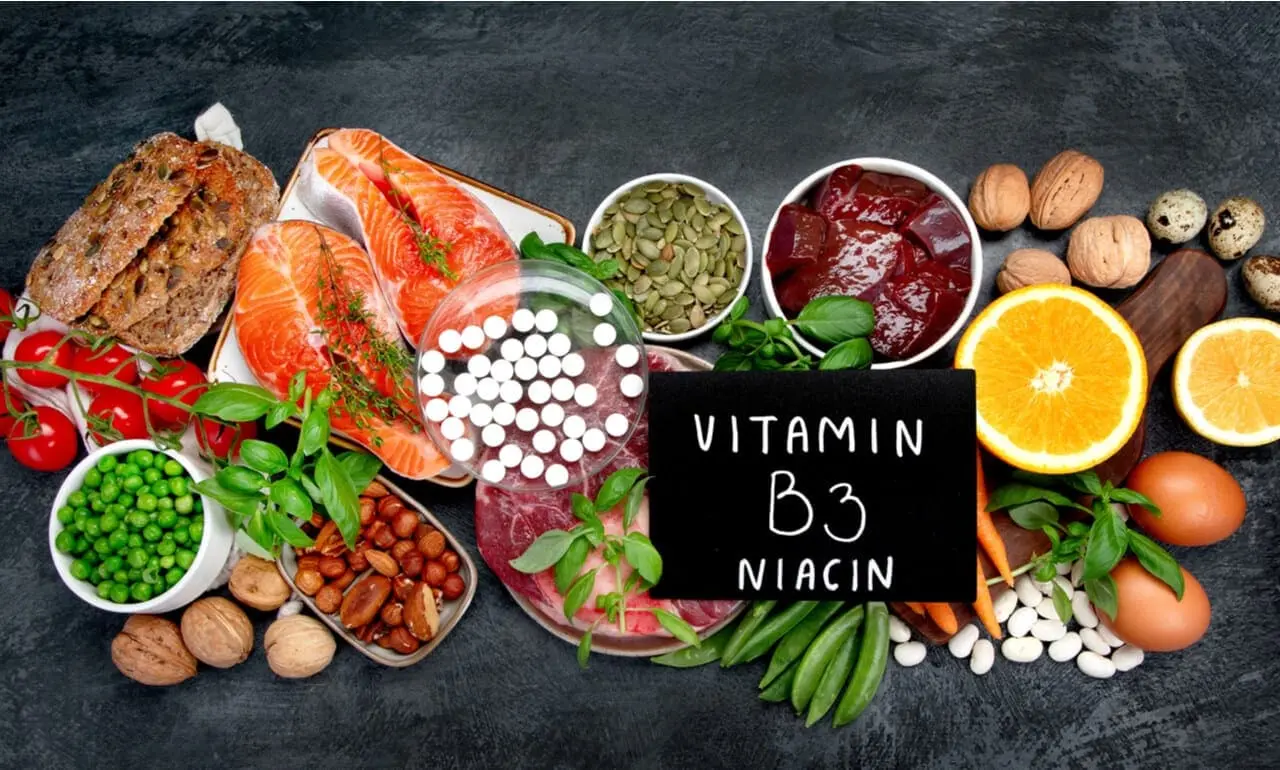
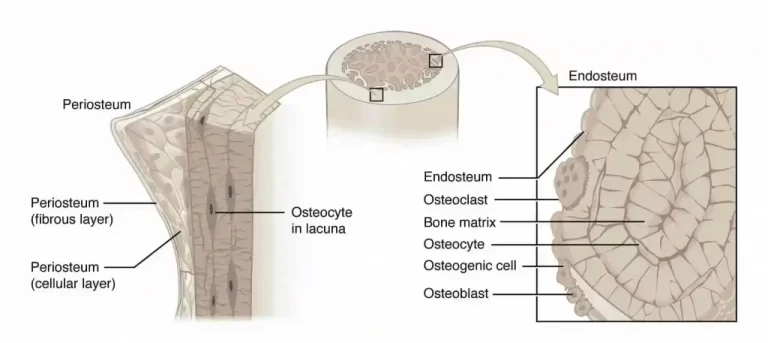
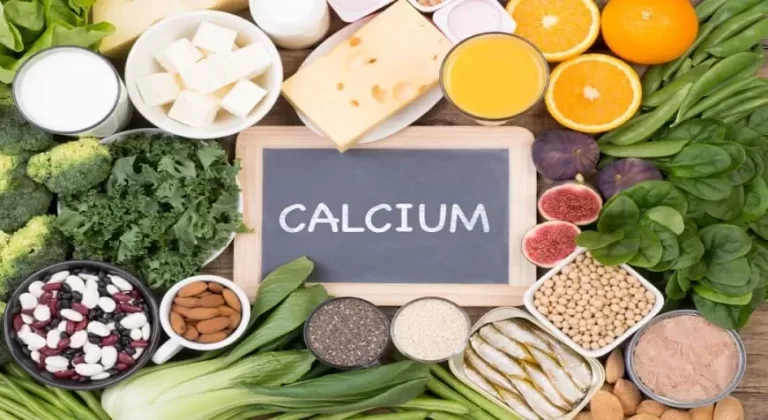

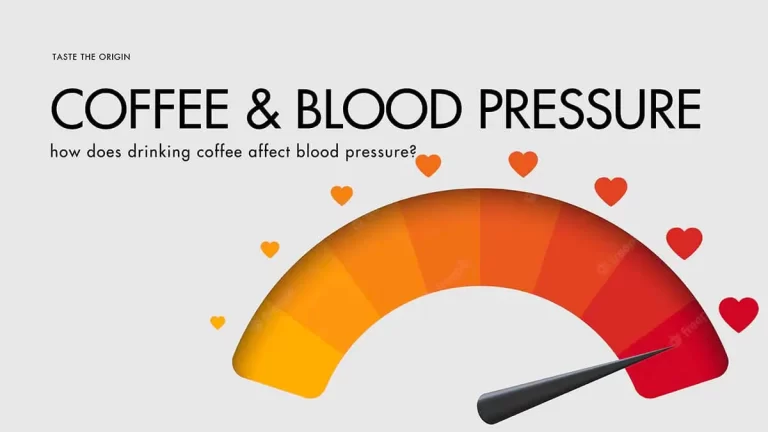
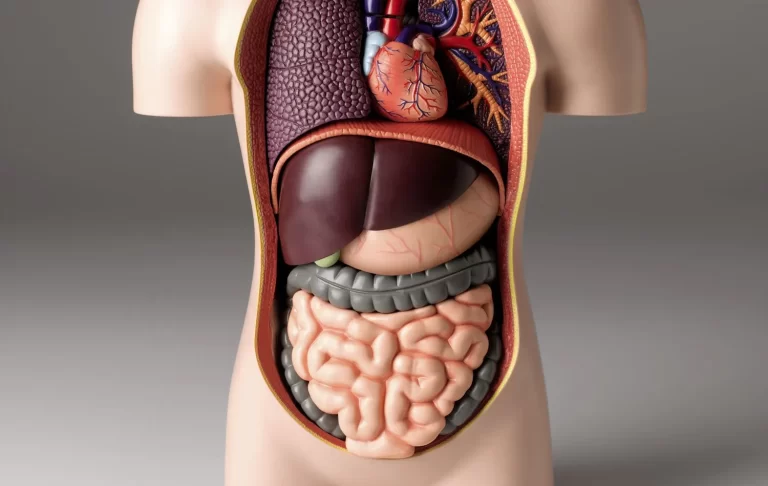
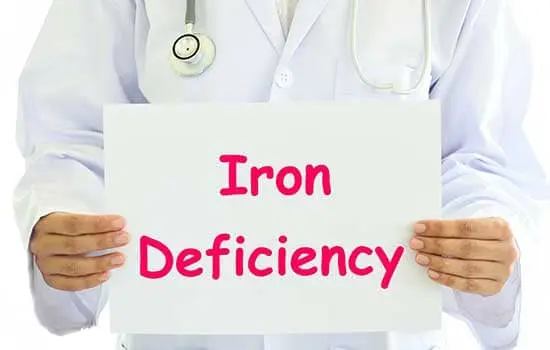
One Comment